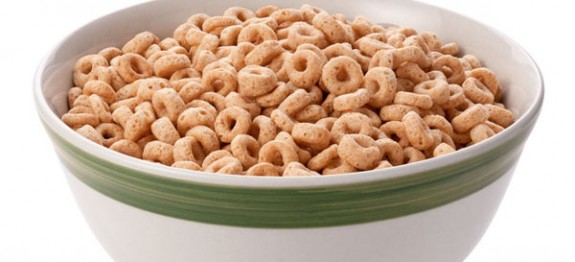Food Fads
On January 2, 2014, General Mills, the makers of Cheerios and 100’s of other brand name foods announced Cheerios would be made without genetically modified ingredients (GMOs). This the same General Mills that contributed to a $22 million dollar fund by corporate food giants to persuade Washington State voters to vote against a ballot initiative requiring companies to label all foods containing GMOs. It is estimated 70 to 80 percent of foods consumed in the United States contain GMO ingredients.
There is growing public concern about genetically modified foods and ingredients even though there are no studies of negative health effects while other studies show GMO crops have less impact on the environment. Of course, corporations commonly fund studies to and use positive results to aggressively market their products.
General Mills is not banning GMO ingredients out of their concern about public health. The ban is due to increasing public concern about buying products with GMOs, meats with antibiotics and pesticide ridden produce. The number of American consumers very or extremely concerned about GMOs has double to 20 percent over the past 10 years.
Don’t be surprised when products labeled GMO Free begin arriving on your stores shelves along with the growing number of products labeled gluten free. I’ve see gluten free on products that have never contained gluten and will never contain gluten. It is easy justifying price increases by labeling products Gluten Free or GMO Free. It’s the same as New and Improved. Same product or less in some cases at a higher cost.
Fever than 1 percent of Americans have celiac disease an autoimmune disorder of the small intestine which hampers nutrient absorption by the small intestine. The cause is the protein gluten found in wheat, barley and rye grains used in 1000’s of prepared foods. Even though celiac disease affects less than 1 percent of the U.S. population, nearly one-third of Americans want to cut down on gluten. This isn’t all bad since refined wheat flour is a source of gluten and Americans eat to many products containing refined wheat.
With over 60 percent of the U.S. population overweight or obese, there is no shortage of fad diets promising miraculous weight loss usually in a short period of time. Most fad diets are based on limited studies and require drastic dietary changes. Some like low fat diets failed because manufacturers turned out thousands of low fat products replacing fats with sugar. Fat content decreased, total calories remained about the same.
Here are a few Fad Diets over the past 20 years which have done little or nothing to reduce the number of overweight and obese Americans:
Early 1990s
No Fat or Low Fat
Beef sales declined and manufactures marketed 100’s of low fat alternatives to their full fat products. In most cases fat was replaced with sugar, additives and artificial sweeteners. Fat content decreased white the number of calories remained virtually unchanged.
Early 2000s
No Carb or Low Carb
The Atkins diet reemerges alone with outer low carbohydrate diets. The diets emphasized replacing products made with processed sugar and white flour with fat and protein. Bread sales plunged while waistlines continued to expand.
Present
No Gluten
The give up gluten campaign has spawned a $4.2 billion dollar market. Even PBS’s Americas Test Kitchen has jumped on the bandwagon publishing a Gluten Free cookbook. This fad relies on the fear of flour rather than a weight loss diet. The jury is still out whether or not this diet will decrease obesity.


